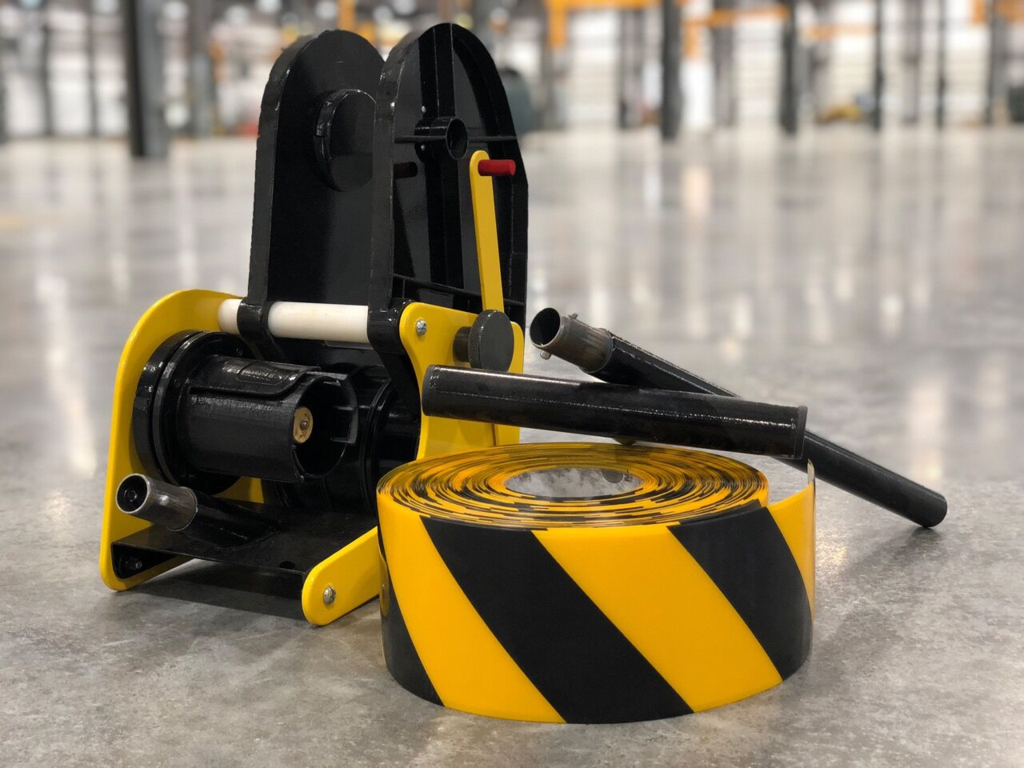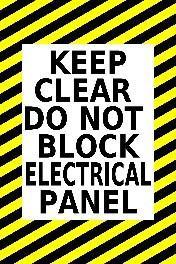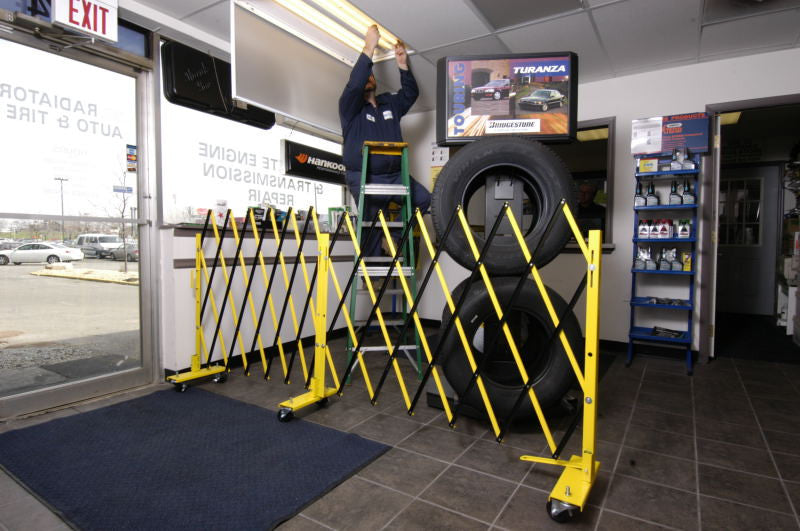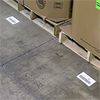What is PDCA? PDCA is a problem solving process used by nearly every industry following Lean management principles, from manufacturing to healthcare. PDCA stands for plan, do, check, act.
This four step process originated in the 1930s at Bell Laboratories before being popularized by post-war Japanese industries; this all eventually gave way to the modern day kaizen approach. Since its establishment, PDCA has become integrated into the Lean management way of life. This method of problem solving focuses on the results, rather than taking quick, hasty actions to correct a problem.
Since its establishment, PDCA has become integrated into the Lean management way of life. This method of problem solving focuses on the results, rather than taking quick, hasty actions to correct a problem.
Plan – The first part of the PDCA process is the planning segment. This is done by observing and assessing the problem from an objective, hands-on stand point. Another key aspect of the planning process is to include your team in the preliminary planning, giving them a clear and concise understanding of the problem, itself.
When identifying the root cause of the issue and planning for its correction, the crucial information needing to be gathered is the nature of the issue, itself; the action needed to be taken in order to correct the problem; who will complete this action; and creation of a completion time line.
Bottom line: this is the point of the problem solving process which determines how things should be and what needs to be done to get there.
Do – The second wedge of the PDCA process is the action phase. During this part of the process, actions are taken to correct the issue. If the changes made aren't good, changes are made again until things are better.
Something to keep in mind is that one big change may not be as effective as implementing smaller changes that can be completed quickly. Monitor the changes and track your observations to see what is working and what isn't. Check – The next phase of the PDCA problem solving process is to face the facts gathered in the “Do” step. This means that you will be evaluating each action taken to correct the problem, weighing how effective the action was in the problem solving process.
Check – The next phase of the PDCA problem solving process is to face the facts gathered in the “Do” step. This means that you will be evaluating each action taken to correct the problem, weighing how effective the action was in the problem solving process.
For each action taken, it is important to ask, “why?” until everyone understands what worked, what did not work, and which effective actions were the most cost effective for the company as a whole.
Act – Sometimes referred to as the “adjust” phase, the last step of the PDCA problem solving process brings a more complete scope of understanding the entire situation as a whole. This is the piece of the puzzle where it is determined what actions were most effective and whether these actions should become standardized processes in the workspace.
By choosing to use the PDCA problem solving method, rather than attacking the problem prematurely, less time and energy is wasted altogether – which really is the goal of Lean practices.
Other posts you may find interesting:
The 3 Greatest Moments in 5S History
4 Essential Tips to Create an Empowered Workplace
7 Types of Waste to Eliminate with Lean Processes













